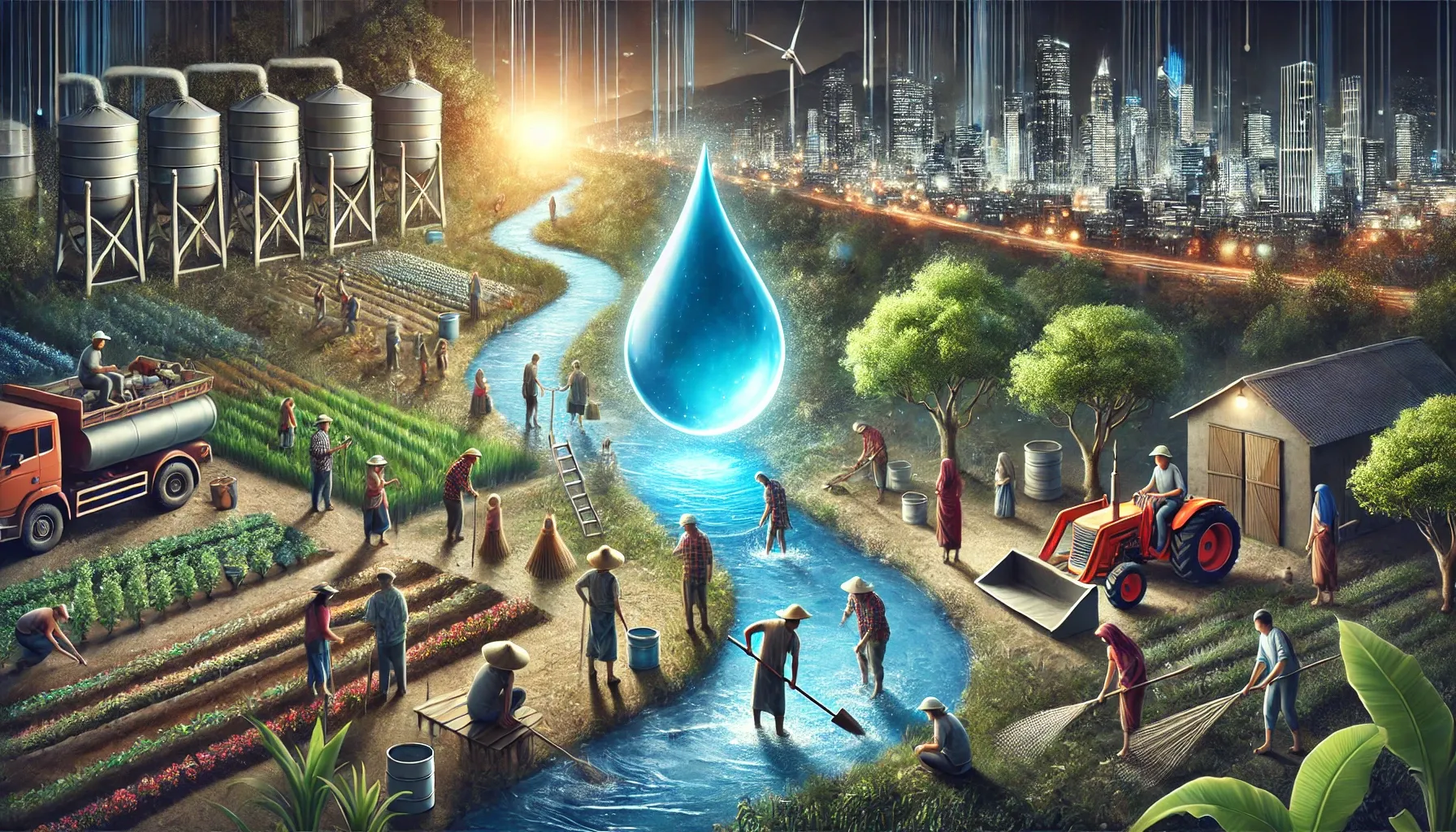UPSC
The Hindu Briefs
Community-Led Water Conservation in India
Last Updated
27th March, 2025
Date Published
27th March, 2025
Share This Post With Someone

Context:
Published on March 26, 2025, this opinion piece in The Hindu emphasizes the critical role of communities in water conservation, aligning with the United Nations World Water Development Report 2025’s theme, “Water for Peace and Prosperity.” It explores how integrating community voices into water policies can address India’s water crisis, drawing from traditional practices and modern governance needs as of March 27, 2025.
Key Information Points:
- Global Water Stress: One in three people worldwide lacks safe drinking water, and by 2050, 5.7 billion could face water scarcity for at least one month annually, per UN estimates.
- India’s Crisis: India, with 18% of the world’s population but only 4% of its freshwater, faces severe water stress; per capita availability dropped from 5,177 cubic meters in 1951 to 1,545 cubic meters in 2011, projected to fall to 1,140 cubic meters by 2050.
- Policy Focus: The UN World Water Development Report 2025, released March 22, 2025, advocates for community-driven water management to ensure peace and prosperity.
- Community Role: Empowering communities in decision-making enhances water governance, leveraging their ecological knowledge for sustainable solutions.
- Historical Example: Post-1857 Revolt, Sir Syed Ahmad Khan’s survey in Uttar Pradesh revealed community-managed irrigation systems, like canals and wells, outperforming British-managed ones due to local accountability.
- Traditional Practices: In western India, rural communities use “orans” (sacred forests) to trap runoff and harvest rainwater, reflecting ecosystem interdependence.
- More-Than-Human Perspective: Global environmental governance now considers non-human interests (e.g., rivers, forests), valuing their intrinsic worth in policy-making.
- Policy Critique: India’s draft National Water Policy lacks community consultation, risking ineffective top-down approaches that ignore local needs.
- Implementation Gaps: Despite initiatives like Jal Shakti Abhiyan (2019) and Jal Jeevan Mission (2019), rural water access remains uneven due to poor community involvement.
- Positive Models: Community-led efforts in Tamil Nadu and Rajasthan demonstrate success in water management when local voices are prioritized.
- Call to Action: Water policies must integrate community participation to ensure equity, sustainability, and conflict resolution in resource allocation.
Key Terms:
- Water Stress: Condition where water demand exceeds supply, below 1,700 cubic meters per capita annually.
- Community-Driven Management: Approach involving local populations in water resource decision-making.
- Orans: Sacred forests in western India aiding water conservation through runoff capture.
- Jal Shakti Abhiyan: 2019 campaign promoting water conservation and rainwater harvesting.
- Jal Jeevan Mission: 2019 initiative aiming to provide tap water to rural households by 2024.
- More-Than-Human Perspective: Policy view valuing non-human elements like rivers intrinsically.
- Per Capita Availability: Amount of freshwater per person, a key indicator of water scarcity.
Link To The Original Article – https://www.thehindu.com/opinion/op-ed/the-role-of-communities-in-conserving-water/article69377974.ece